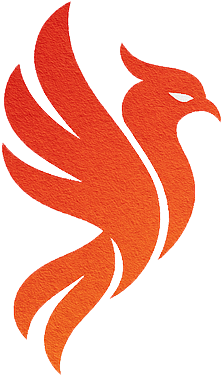1. Accessing the Orphaned Pages Table
From the main Dashboard, locate the Orphaned Pages card. It functions similarly to other metric cards:
- If it shows No data available. Run optimization to see results., click Optimize first.
-
After the scan completes, the card will display a percentage (e.g., 10%) and bullet metrics like:
Orphaned Pages: 7
Click the View button at the bottom of the card to open the Orphaned Pages table.
Visually, that navigates to /ide/orphaned-pages and slides in the table panel from the right.
2. Understanding the Orphaned Pages Table
Once the table is displayed, you will see the following columns:
- Page URL – The URL path of the page that currently has no internal links pointing to it.
- Last Updated – A timestamp indicating when that page was last scanned or updated (e.g., “2025-05-30 14:12”).
- Action – A Fix button for each orphaned page.
If the table is long, scroll down within the panel; no pagination is present because the Management Platform loads all orphaned pages at once. To return to the Dashboard, click the Back to Dashboard link at the top-left of the panel.
3. Fixing an Orphaned Page
To fix an orphaned page automatically:
-
Identify the Row.
Look at the first column for the page URL, then verify the timestamp in “Last Updated.” -
Click Fix.
The button is disabled until the table loads. Once available, clicking Fix triggers an automatic insertion of an internal link from a high-level page to this orphaned page. -
Watch for the Confirmation Message.
A brief message appears above the table reading either:- Link inserted successfully. (when a suitable parent page was found)
- No suitable page found for automatic linking. (if no appropriate parent exists)
-
Verify the Result.
If the link was inserted successfully, that page’s row immediately disappears from the table. If no suitable page was found, you will need to add a manual link, then re-run Optimize. -
Return to Dashboard.
Click Back to Dashboard (top-left of the panel) to return to the main dashboard view.
4. Example Orphaned Pages Table
Below is a rendered example of the Orphaned Pages table with one row. This is exactly what the user sees when the table loads:
| Page URL | Last Updated | Action |
|---|---|---|
| /services.html | 2025-05-30 14:12 |
5. Next Steps
After resolving orphaned pages, go to Sorting & “View” Button to learn how to rearrange table rows and focus on individual entries.
